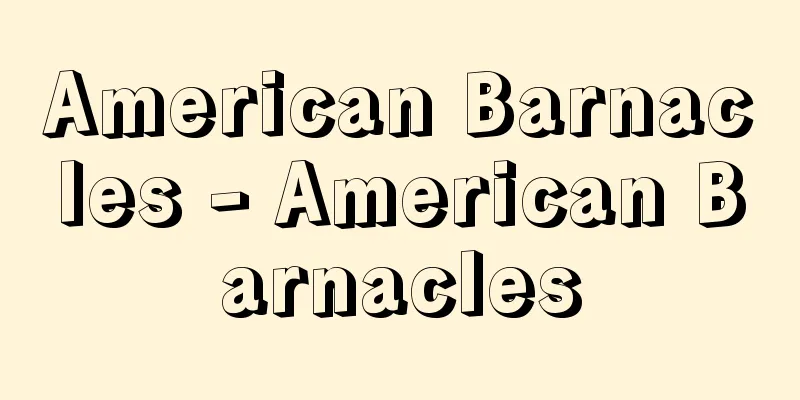Carl Gustav Carus

|
1789‐1869 German physician and natural philosopher. From 1815 he was professor at the medical faculty of the University of Dresden, and from 1827 he was physician to the imperial court. He was also known as a Romantic painter, and had close ties with CD Friedrich and others, and wrote treatises on art. Using a natural philosophy in the style of Schelling, and therefore in common with Goethe, he explained the formation of organisms through unconscious mental functions. He wrote many works, including Goethe (1843) and Psyche (1846), and one of these, The Symbolic Significance of the Human Form (1853), was reevaluated in a new edition by T. Lessing in 1925. Source: Heibonsha World Encyclopedia, 2nd Edition Information |
|
1789‐1869 ドイツの医師,自然哲学者。1815年以後ドレスデン大学医学部教授,27年以後は宮廷侍医。ロマン派の画家としても知られC.D.フリードリヒらと交流し,画論も書いている。シェリング流の,したがってまたゲーテとも相通じる自然哲学によって,無意識の心的機能による有機体の形成を説いた。《ゲーテ》(1843),《プシケー》(1846)をはじめ多数の著作があるが,そのうちの一つ《人間の形姿の象徴的意義》(1853)はT.レッシングが1925年に新版を出し再評価を試みている。 出典 株式会社平凡社世界大百科事典 第2版について 情報 |
Recommend
Harmonics
When any periodic waveform with a frequency (frequ...
Republican Party
A major political party in the United States, alon...
Narumi
A haiku poet from the late Edo period. Mr. Natsum...
Selig, WN (English spelling) SeligWN
...However, it was only a matter of time before t...
Usuhata
…A thin, mesh-like fabric made by weaving four wa...
Wood painting
It is one of the decorative methods of woodcraft,...
Black barnacle (English name) Tetraclita japonica
A marine animal of the order Sessile of the class ...
Push-out Buddha - Push-out Buddha
One of the techniques for making Buddha statues. A...
Salon des Tuilerie (English name)
In 1863, the Salon des refusés was held for those...
Chibcha - Chibucha (English spelling)
When the Spanish arrived in the Americas in the 1...
Halberstadt - Halberstadt (English spelling)
A city in the state of Saxony-Anhalt in central G...
Kidomon
〘 noun 〙 A simple gate with two pillars and a roof...
Miracle Sound Sequence - Kiseki Onretsu
...Also, in Figure 1, the notes in the first half...
"Outline of Comparative Indo-European Grammar"
…Linguistics is a science that deals with languag...
Vories, WM (English spelling) VoriesWM
...Christian missionary organization. The founder...









